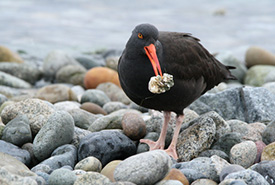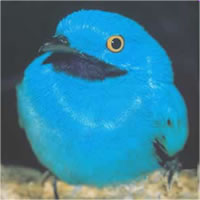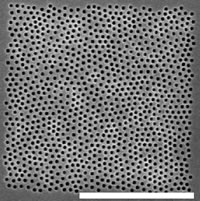Adam Dhalla in a January 5, 2022 posting on the Nature Conservancy Canada blog announced a new location for a ‘Find the Birds’ game,
Since its launch six months ago …, with an initial Arizona simulated birding location, Find the Birds (a free educational mobile game about birds and conservation) now has over 7,000 players in 46 countries on six continents. In the game, players explore realistic habitats, find and take virtual photos of accurately animated local bird species and complete conservation quests. Thanks in a large part to the creative team at Thought Generation Society (the non-profit game production organization I’m working with), Find the Birds is a Canadian-made success story.
Going back nine months to an April 9, 2021 posting and the first ‘Find the Birds’ announcement by Adam Dhalla for the Nature Conservancy Canada blog,
It is not a stretch to say that our planet is in dire need of more conservationists, and environmentally minded people in general. Birds and birdwatching are gateways to introducing conservation and science to a new generation.
…
… it seems as though younger generations are often unaware of the amazing world in their backyard. They don’t hear the birdsong emanating from the trees during the morning chorus. …
This problem inspired my dad and me to come up with the original concept for Find the Birds, a free educational mobile game about birds and conservation. I was 10 at the time, and I discovered that I was usually the only kid out birdwatching. So we thought, why not bring the birds to them via the digital technology they are already immersed in?
Find the Birds reflects on the birding and conservation experience. Players travel the globe as an animated character on their smartphone or tablet and explore real-life, picturesque environments, finding different bird species. The unique element of this game is its attention to detail; everything in the game is based on science. …
Here’s a trailer for the game featuring its first location, Arizona,
Now back to Dhalla’s January 5, 2022 posting for more about the latest iteration of the game and other doings (Note: Links have been removed),
Recently, the British Columbia location was added, which features Sawmill Lake in the Okanagan Valley, Tofino on the coast and a journey in the Pacific Ocean. Some of the local bird species included are Steller’s jays (BC’s provincial bird), black oystercatchers and western meadowlarks. Conservation quests include placing nest boxes for northern saw-whet owls and cleaning up beach litter.
I’ve always loved Steller’s jays! We get a lot of them in our backyard. It’s far lesser known bird than blue jay, so I wanted to give them some attention. That’s the terrific thing about being the co-creator of the game: I get to help choose the species, the quests — everything! So all the birds in the BC locations are some of my favourites.
The black oystercatcher is another underappreciated species. I’ve seen them along the coasts of BC, where they are relatively common. …
To gauge the game’s impact on conservation education, I recently conducted an online player survey. Of the 101 players who completed the survey, 71 per cent were in the 8–15 age group, which means I am reaching my peers. But 21 per cent were late teens and adults, so the game’s appeal is not limited to children. Fifty-one per cent were male and 49 per cent female: this equality is encouraging, as most games in general have a much smaller percentage of female players.
And the game is helping people connect with nature! Ninety-eight per cent of players said the game increased their appreciation of birds. …
…
As a result of the game’s reputation and the above data, I was invited to present my findings at the 2022 International Ornithological Congress. So, I will be traveling to Durban, South Africa, next August to spread the word on reaching and teaching a new generation of birders, ornithologists and conservationists. …
You can find the game here at FindtheBirds.com and you can find Thought Generation here.
For the curious, here’s a black oystercatcher caught in the act,


